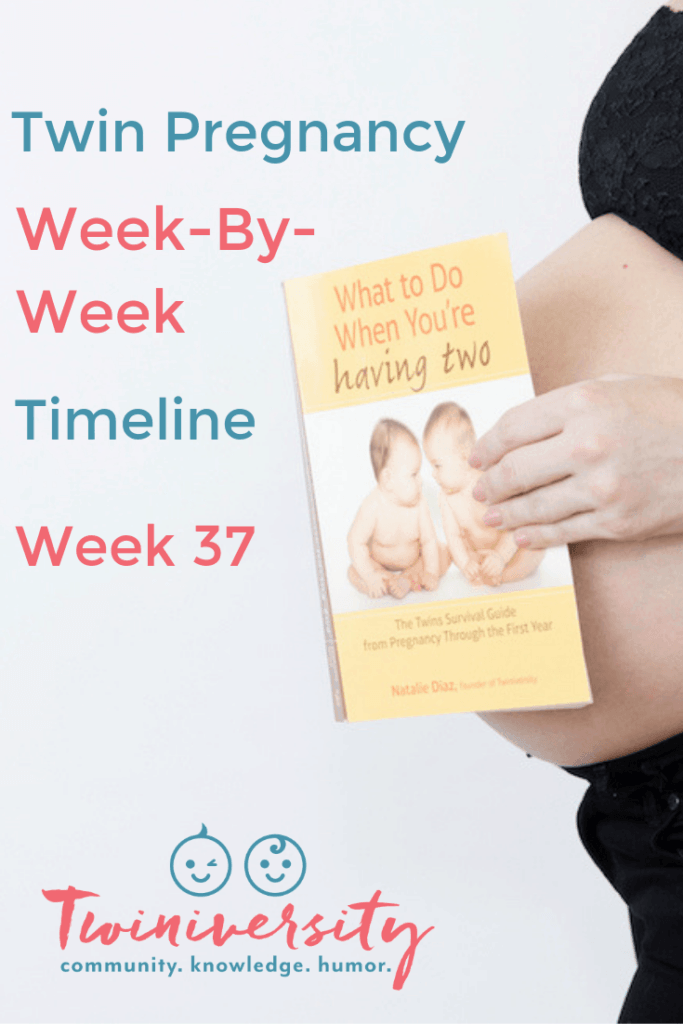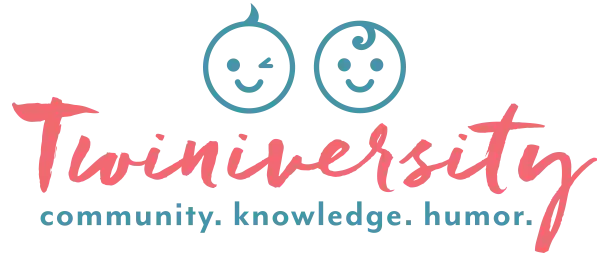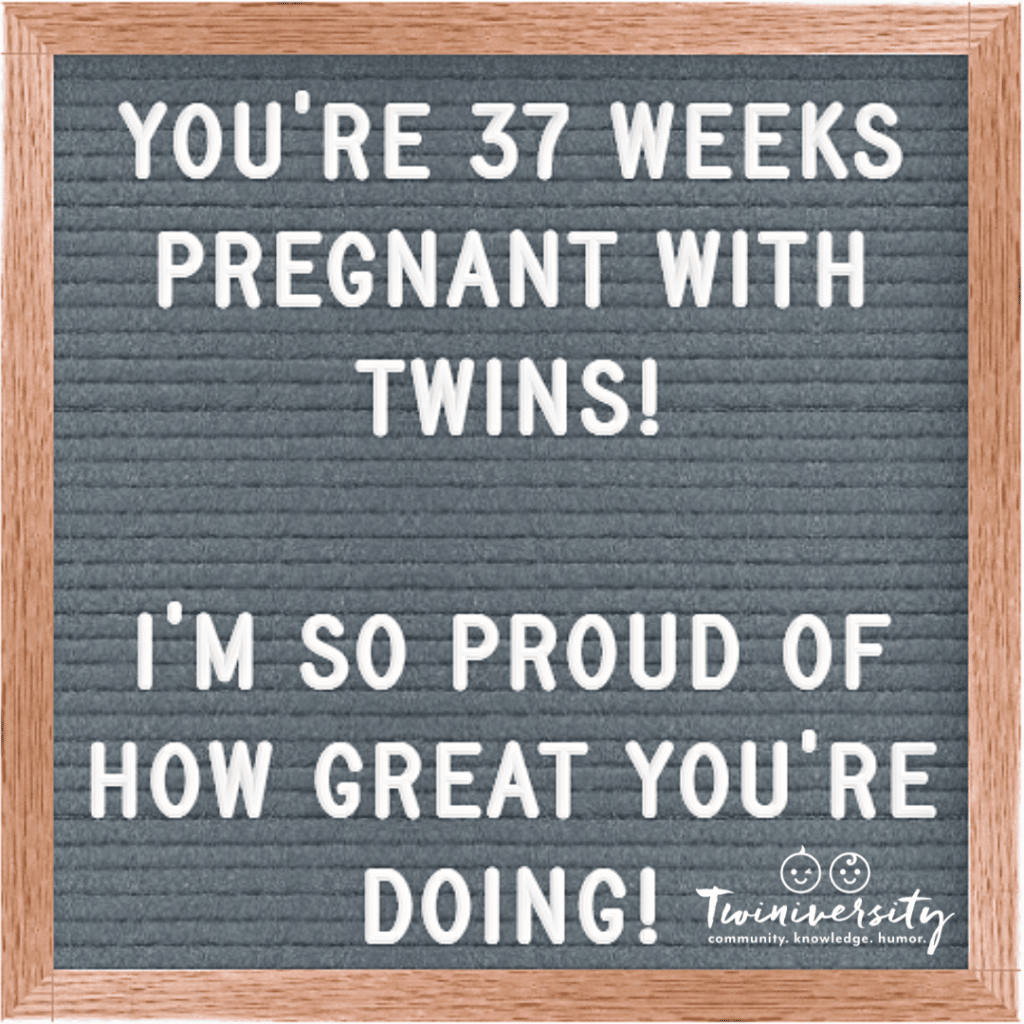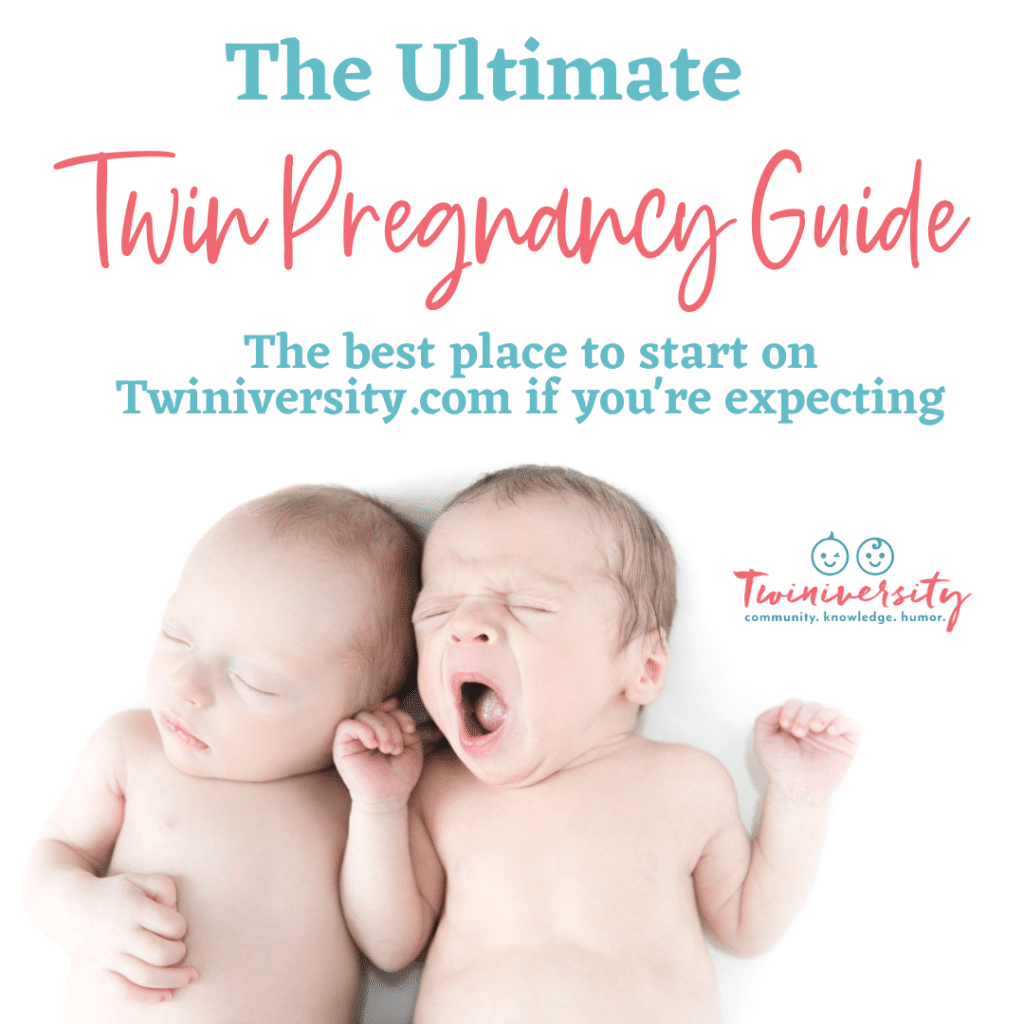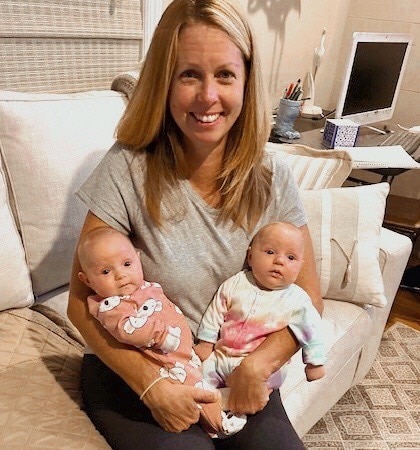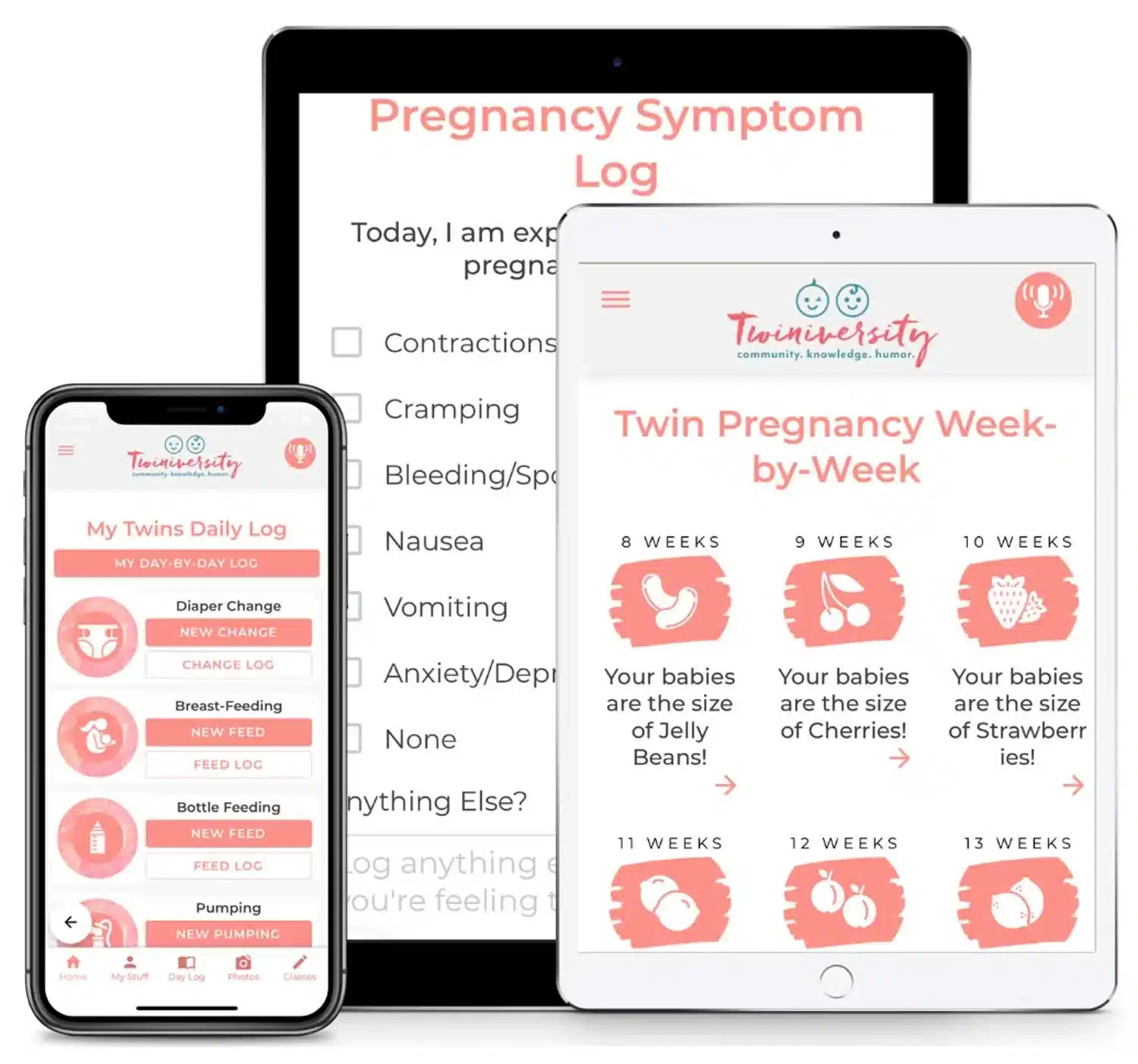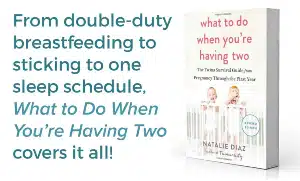37 weeks?? Amazing! Any day now you could be meeting your twinnies!
What can you expect at 37 weeks pregnant with twins? We’ve compiled a list of common symptoms, to-do’s this week, pregnancy tips, pregnancy concerns, questions to ask your doctor, advice from other pregnant moms of twins, and tons of other info below to help you through this week in your twin pregnancy. Enjoy!
Facebook | Instagram | YouTube | Twitter | Pinterest
⬅ 36 Weeks Pregnant with Twins 👶👶
👶👶 38 Weeks Pregnant with Twins ➡
- 37 Weeks Pregnant With Twins Video
- What’s Going On With Those Twinnies?
- To-Do List
- 5 Tips for a Better 37th Week
- Advice From Other Twin Moms
- Concerns Other Twin Moms Had
- Questions Twin Moms Had for Their Doctor
- Typical Tests That Are Done
- Product Recommendations
- An excerpt from “What To Do When You’re Having Two”
- Belly Photos at 37 Weeks Pregnant With Twins
- Ultrasound Photos at 37 Weeks Pregnant With Twins
- Articles You Should Read This Week
- Videos to Check Out
- Register for Class
37 Weeks Pregnant With Twins Video

Our new digital twin pregnancy journal is up for sale on the Twiniversity Etsy store! This is the first and only digital journal exclusively for twin pregnancy. It’s the perfect way to record your precious twin pregnancy memories to cherish for years to come. Click here to learn more… and while you’re at it, check out our expecting twins classes and Twiniversity Shop!

What’s Going On With Those Twinnies?
- Median weight for dichorionic twins: 6lbs, 5oz
- Median weight for monochorionic twins: 5lbs, 15oz
Your delivery day could be any day now! Babies are officially considered “full-term” at 37 weeks so if you’ve made it this far your babies may completely avoid the NICU. Woo hoo!

To-Do List
- Binge watch some TV shows you’ve been meaning to try. Enjoy sitting on your butt as much as possible because any day now those twins will be here and you’ll be off to the races!
- Write in your journal to capture these final days before the baby arrives. It will be a total hoot to look back at these journal entries someday and reflect on how far you’ve come.
- Try your best to keep your mind off how uncomfortable you are! You’re so close to delivery! Warm baths, ice packs, anything you can do to keep yourself comfortable — do it.
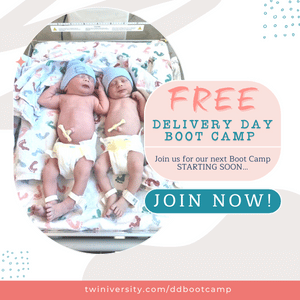

5 Tips for a Better 37th Week
- Rest as much as possible
- Drink at least 100 oz of water a day
- Moisturize your belly as much as possible
- Talk to your doctor about last minute birth plan questions
- Finalize hospital bags

Advice From Other Twin Moms
Stay strong! It’s almost over. Rest, rest rest! Drink lots of water. Treat yourself to something nice like a manicure and pedicure (but be aware that they may take some nail polish off one finger if you’re having a c-section).
– Daniela L., Chicago, IL
Be patient with yourself, count your kicks for each baby, and make sure you listen to your body. It is better to go in and be monitored than have regrets and unanswered questions.
– Danielle S., North Carolina
Rest as much as you can and take care of yourself. As hard as it can be, let your partner help you around the house.
– Betsy H., Anthem, AZ
Need some twin parent friends? Get the support you need with a Twiniversity Membership. Benefits include a monthly twin parent club meeting on Zoom, access to a private Facebook group just for twin parents, and a video library of twin parenting lessons. Visit Twiniversity.com/membership to join today!

Concerns Other Twin Moms Had
Going into labor naturally.
Making it to induction day.
Concerned about giving birth. Also concerned about breastfeeding.
Every contraction puts me on edge thinking it’s time. I am learning to relax, drink water and listen to my body.
I’m a little scared about my c-section and recovery. The impending arrival of the twins is seeming more and more real.

Questions Twin Moms Had for Their Doctor
What is the plan for delivering vaginally in the operating room?
What do I need to do to prepare for my induction?
How do I know if they are real contractions and not just Braxton-Hicks?
We reviewed my birth plan
What position are the babies in?
Typical Tests That Are Done
It is common to have weekly nonstress testing (NST) with fluid assessments starting at 32 weeks in an uncomplicated twin gestation. As your pregnancy progresses you will likely be scheduled more and more frequently, building to every 1-2 days as you get closer to full term. A nonstress test is used to evaluate your babies’ health before birth. The goal of a nonstress test is to provide useful information about your babies’ oxygen supply by checking their heart rates and how it responds to your babies’ movements. The test might indicate the need for further monitoring, testing, treatment or delivery. A nonstress test typically requires no special preparation. During the nonstress test, you’ll lie on a reclining chair. You’ll have your blood pressure taken at regular intervals during the test and each baby will be monitored while you relax in a recliner for 20 minutes, playing on your phone or reading a book.
A fetal biophysical profile (BPP) is a prenatal test used to check on a baby’s well-being. The test combines fetal heart rate monitoring (nonstress test) and fetal ultrasound to evaluate a baby’s heart rate, breathing, movements, muscle tone, and amniotic fluid level.
The Centers for Disease Control and Prevention (CDC) has recommended routine screening for vaginal strep B for all pregnant women. This screening is performed between the 35th and 37th week of pregnancy. Studies show that testing done within 5 weeks of delivery is the most accurate at predicting the GBS status at birth. Group B streptococcus (GBS) is a type of bacterial infection that can be found in a pregnant woman’s vagina or rectum. This bacteria is normally found in the vagina and/or rectum of about 25% of all healthy, adult women. Women who test positive for GBS are said to be colonized. A mother can pass GBS to her baby during delivery. GBS affects about 1 in every 2,000 babies in the United States. Not every baby who is born to a mother who tests positive for GBS will become ill. Although GBS is rare in pregnant women, the outcome can be severe. As such, physicians include testing as a routine part of prenatal care.
If you are having a c-section you may be tested for MRSA. MRSA stands for methicillin-resistant Staphylococcus aureus. It is a type of staph infection. Even if a pregnant woman contracts MRSA in her pregnancy, it’s easy to treat. Antibiotics will cure most cases, and they’re safe for a developing baby to be exposed to. A baby will only get the infection if he comes into contact with it through vaginal delivery. Many women must be screened for MRSA when they need a C-section because hospitals must screen every surgery patient for the infection prior to the operation. To perform the screening, a nasal swab is collected by rotating a swab inside each nostril. Occasionally, a swab of a wound infection site or skin lesion is collected.

Product Recommendations
Best Cradle – Maternity Support Belt
Palmer’s Cocoa Butter Tummy Butter & Stretch Mark Massage Lotion
Rachel’s Remedy Breastfeeding/Sore Breast Relief Packs
Digital Twin Pregnancy Journal
Boppy Pregnancy Support Pillow
Check out this list of more Must Have Pregnancy Products You Need Right Now and Postpartum recovery products that twin moms LOVE
Check out all our Twiniversity merch in our SHOP! We’ve got twin mom and dad t-shirts, twin planning printables, lactation support, twin baby shower planners & games, a digital twin pregnancy journal, and so much more! Start shopping now
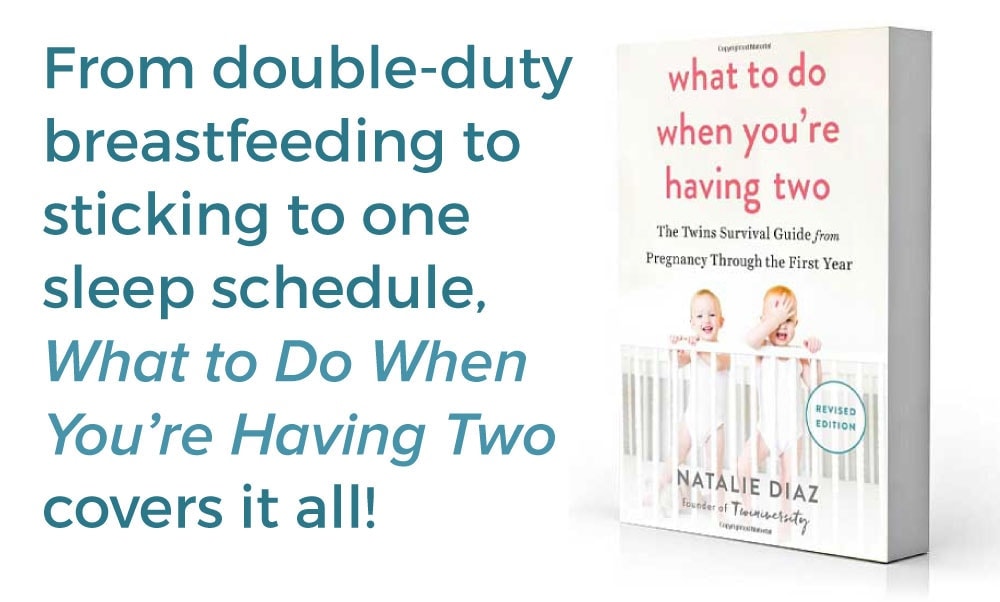

An excerpt from “What To Do When You’re Having Two“
If you should have any tearing during a vaginal delivery, I strongly recommend that you use the squeegee bottle as much as possible. What is a squeegee bottle? Well, it’s a soft plastic bottle with a plastic top that has tiny spouts at the end. You squeeze the bottle and water gushes out. This is the best method of cleaning yourself after using the toilet for the first several days after delivery. After tearing or stitches, toilet paper will not be your friend. Even urinating may sting. Make sure you take an extra squeegee bottle or two home from the hospital, because they are very hard to find in a pharmacy (or look into the Fridababy Fridet, the “mom washer”).
Pregnant with twins and not sure where to start? Visit the Ultimate Twin Pregnancy Guide to find all the top articles and resources to get you ready for twins. While you’re at it, check out our expecting twin classes and Twiniversity shop!
REMINDER: Don’t forget to take a belly shot!
Belly Photos at 37 Weeks Pregnant With Twins

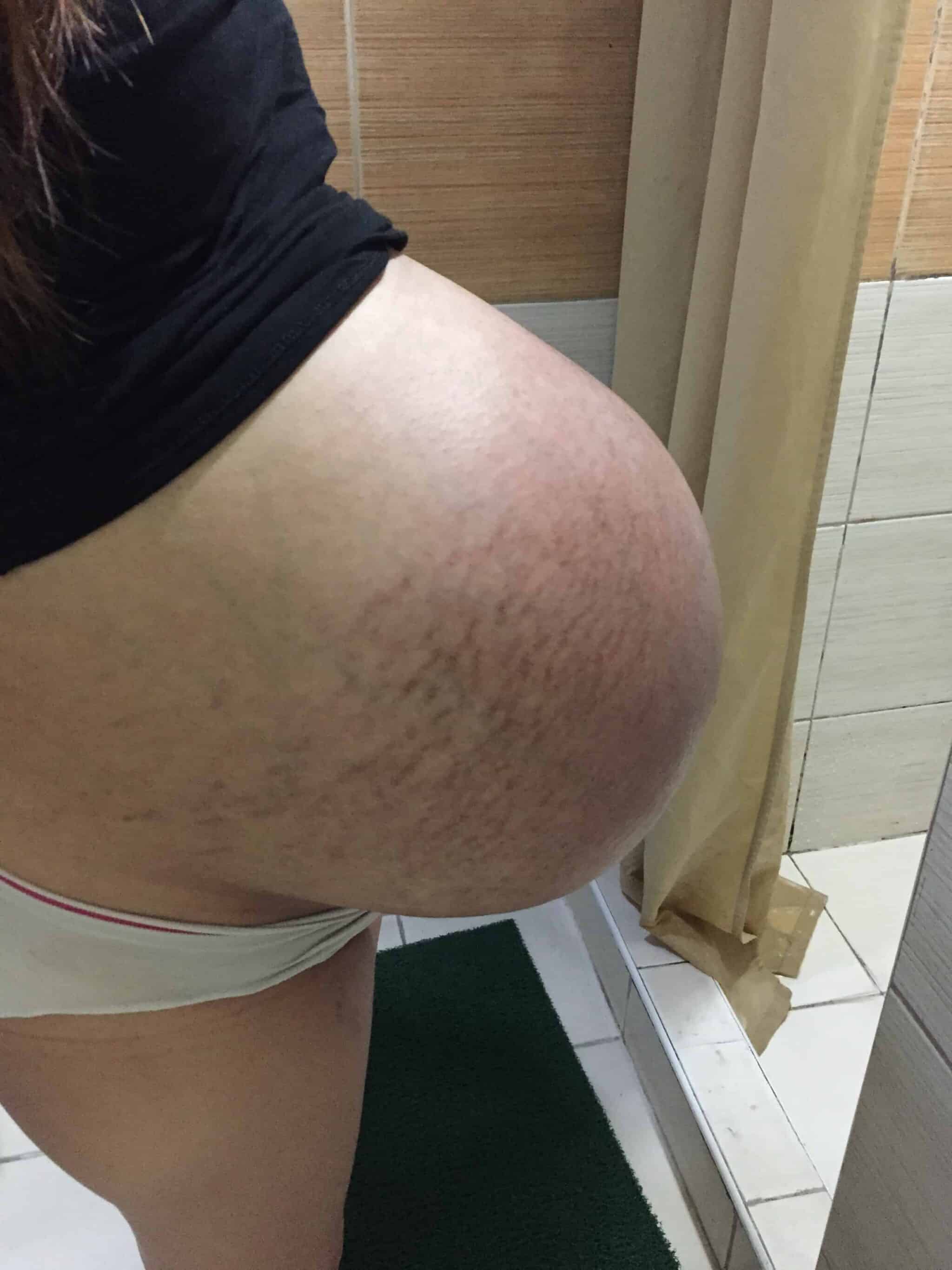
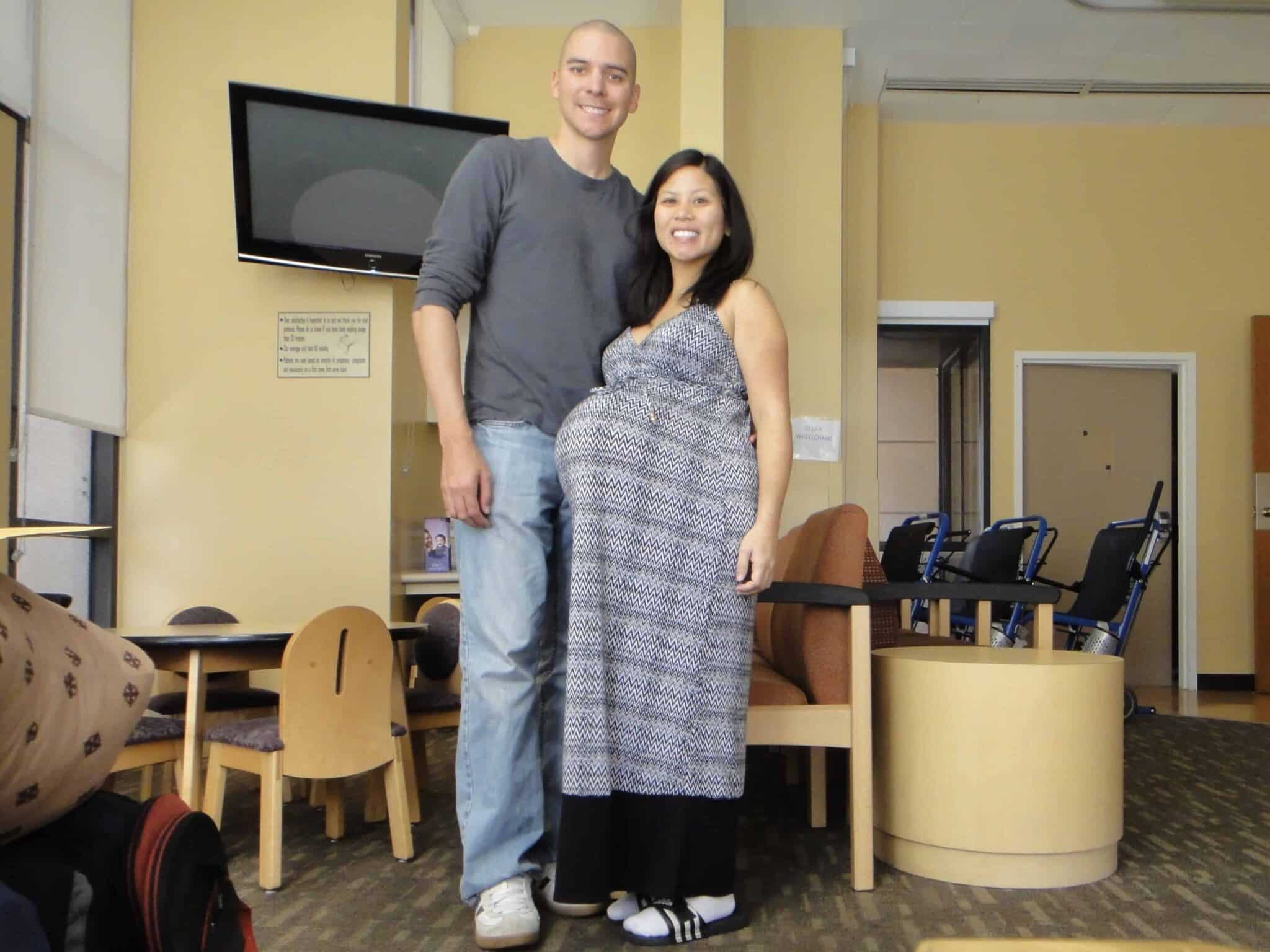
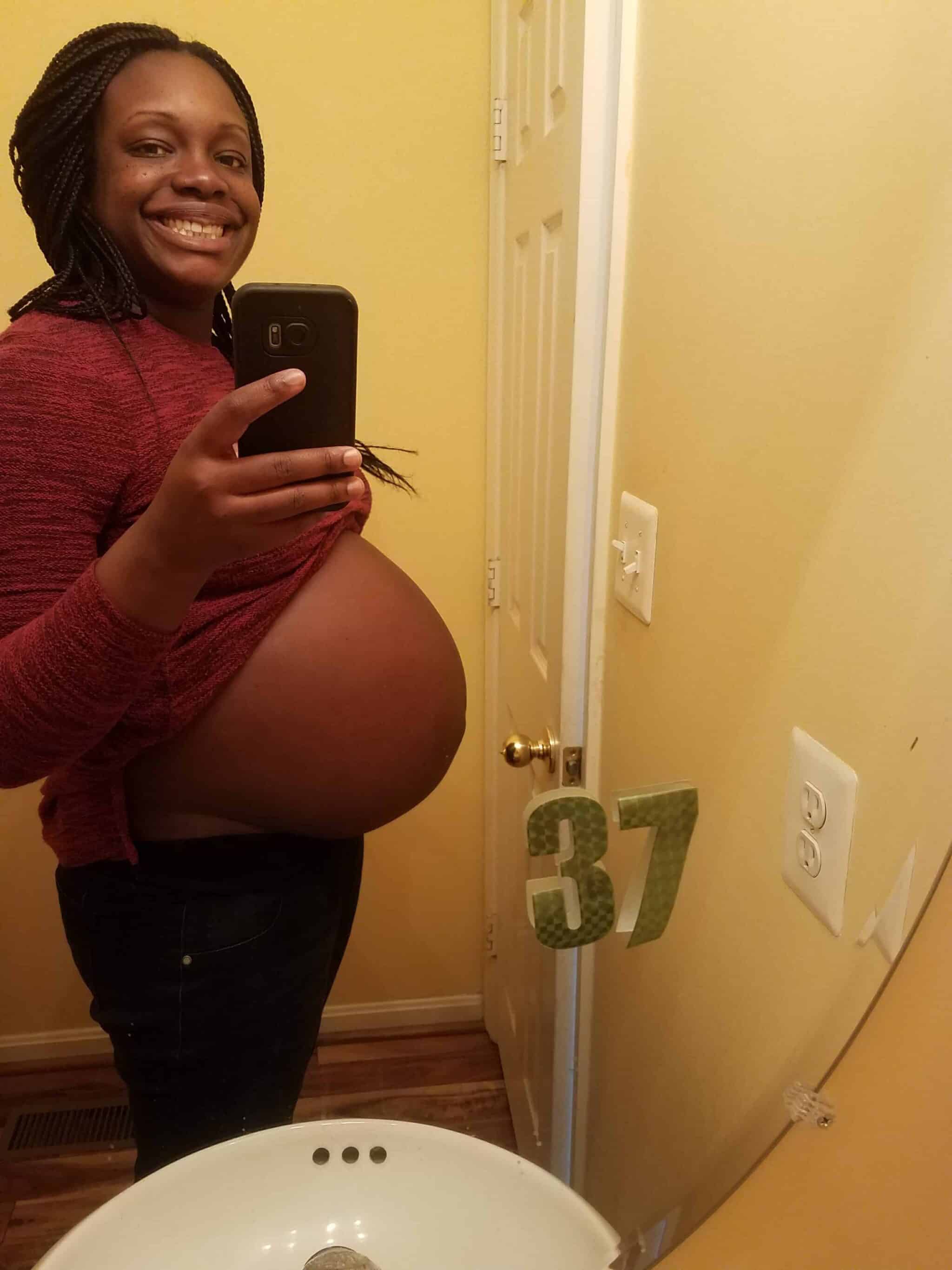
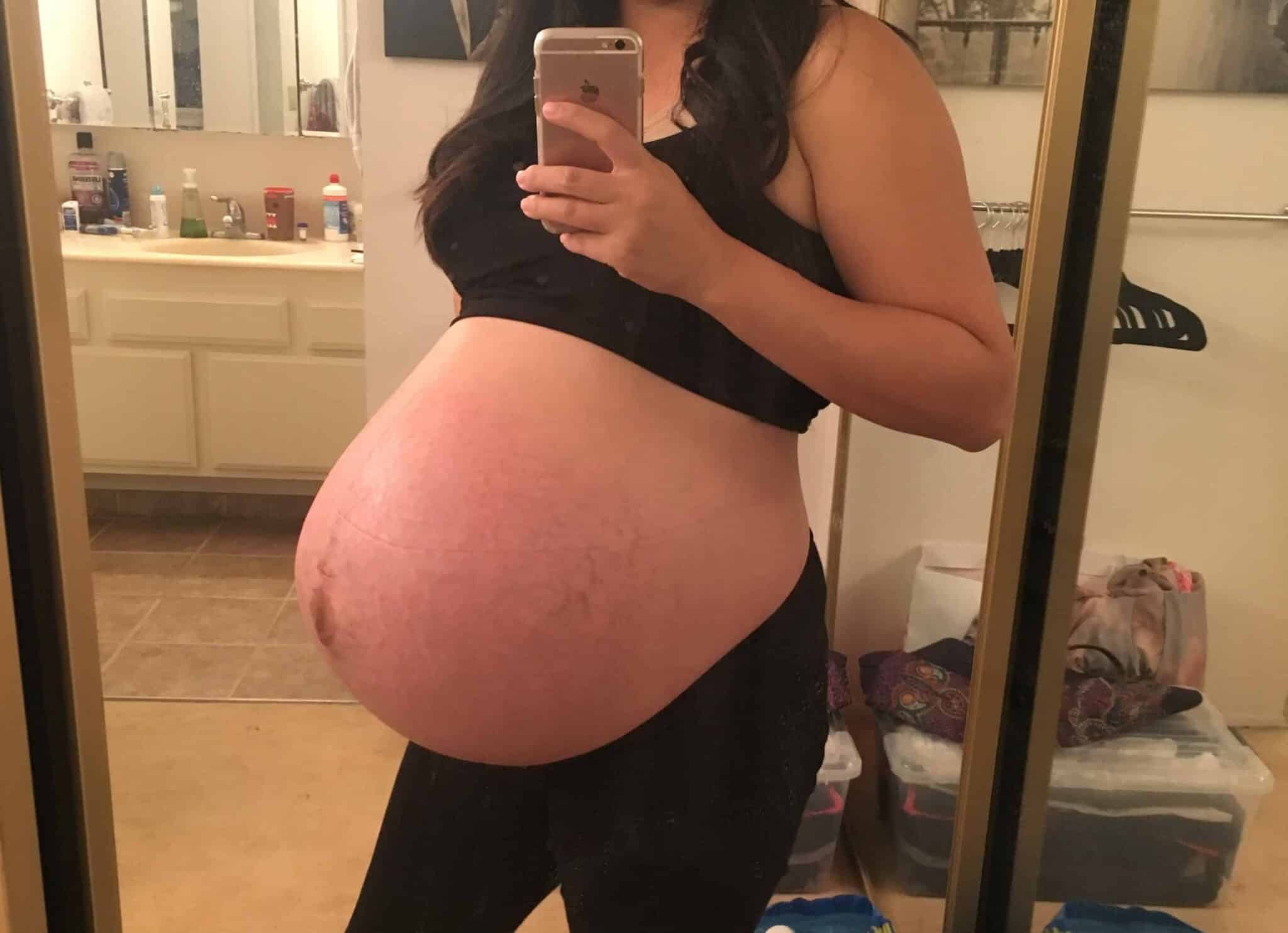
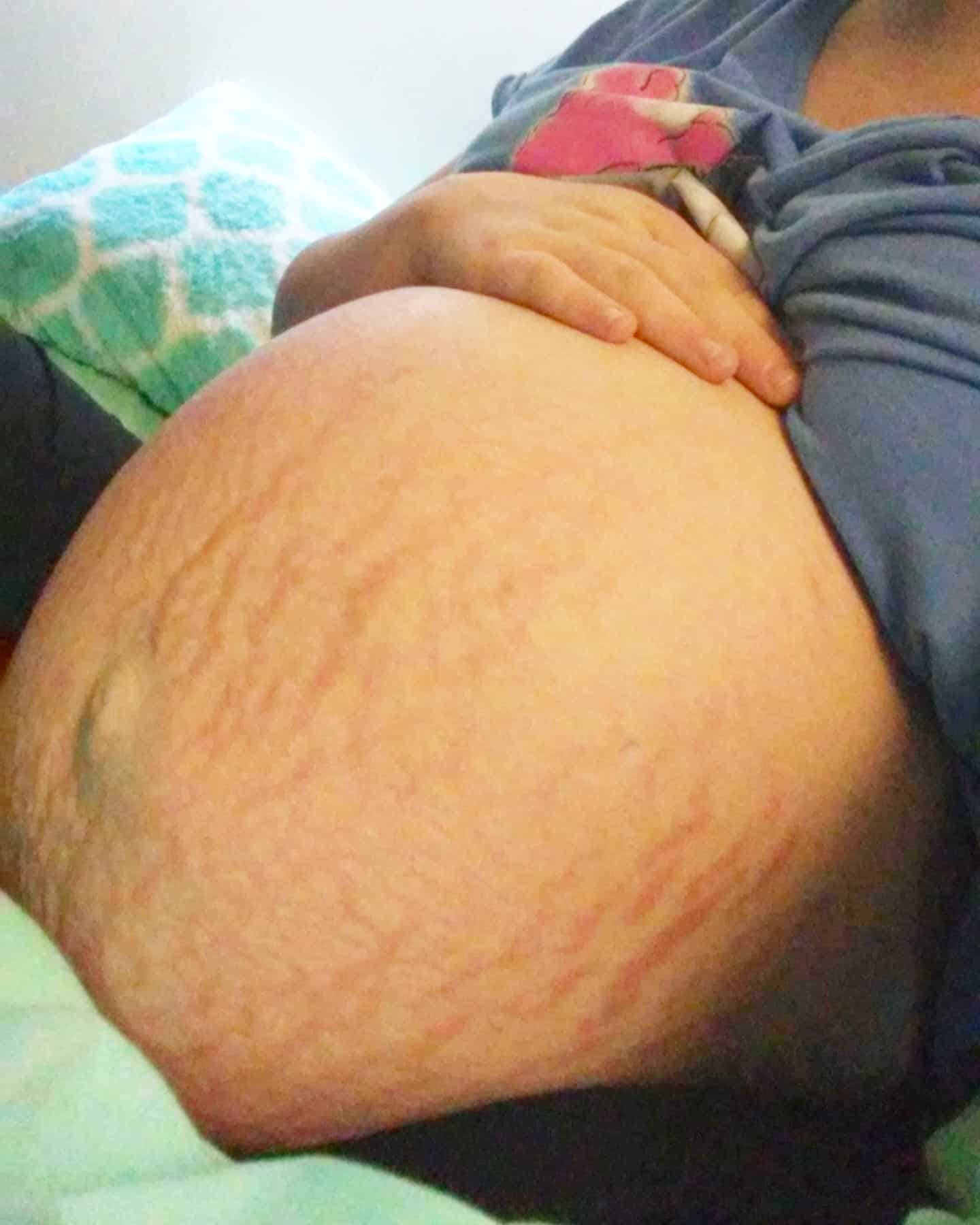
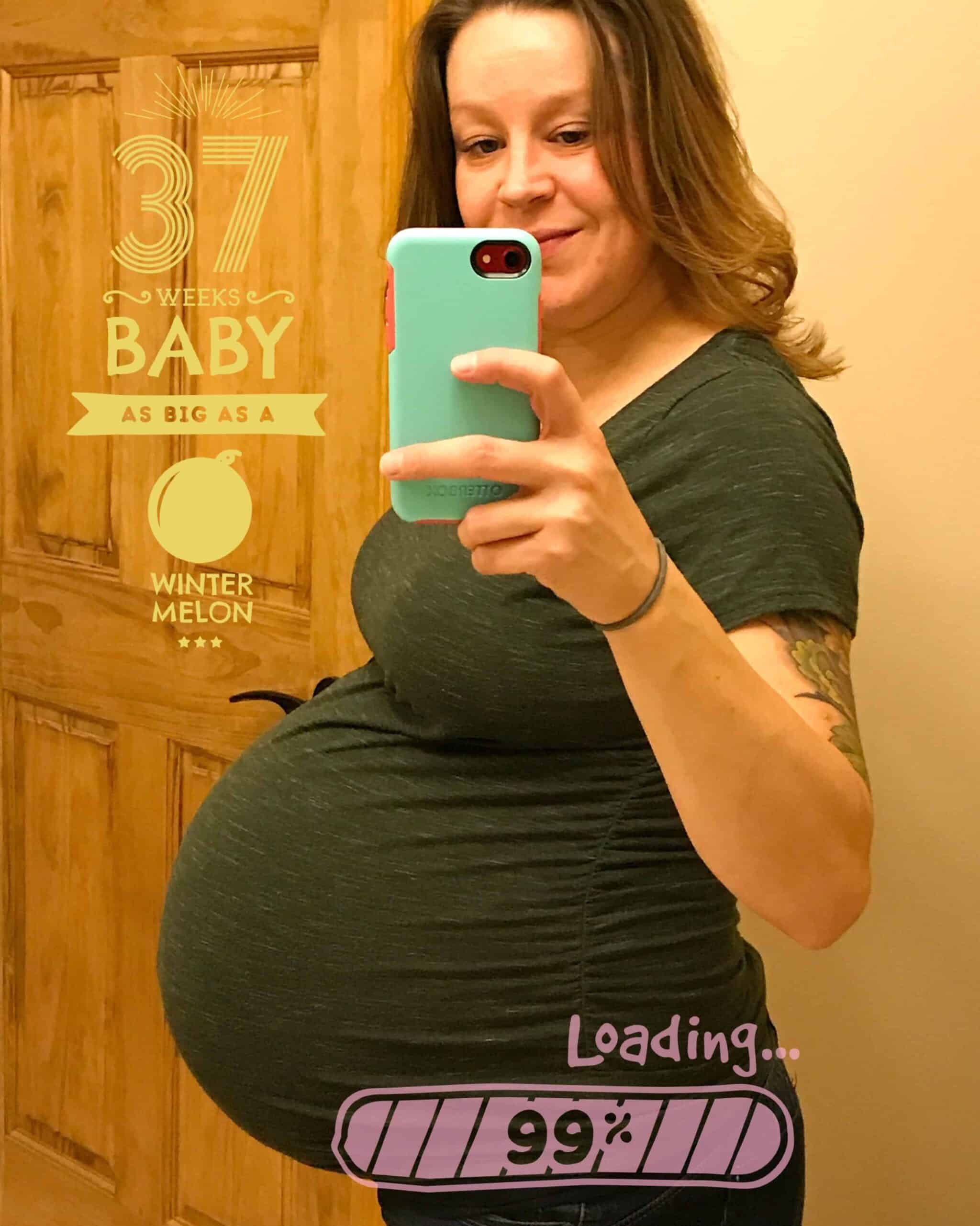
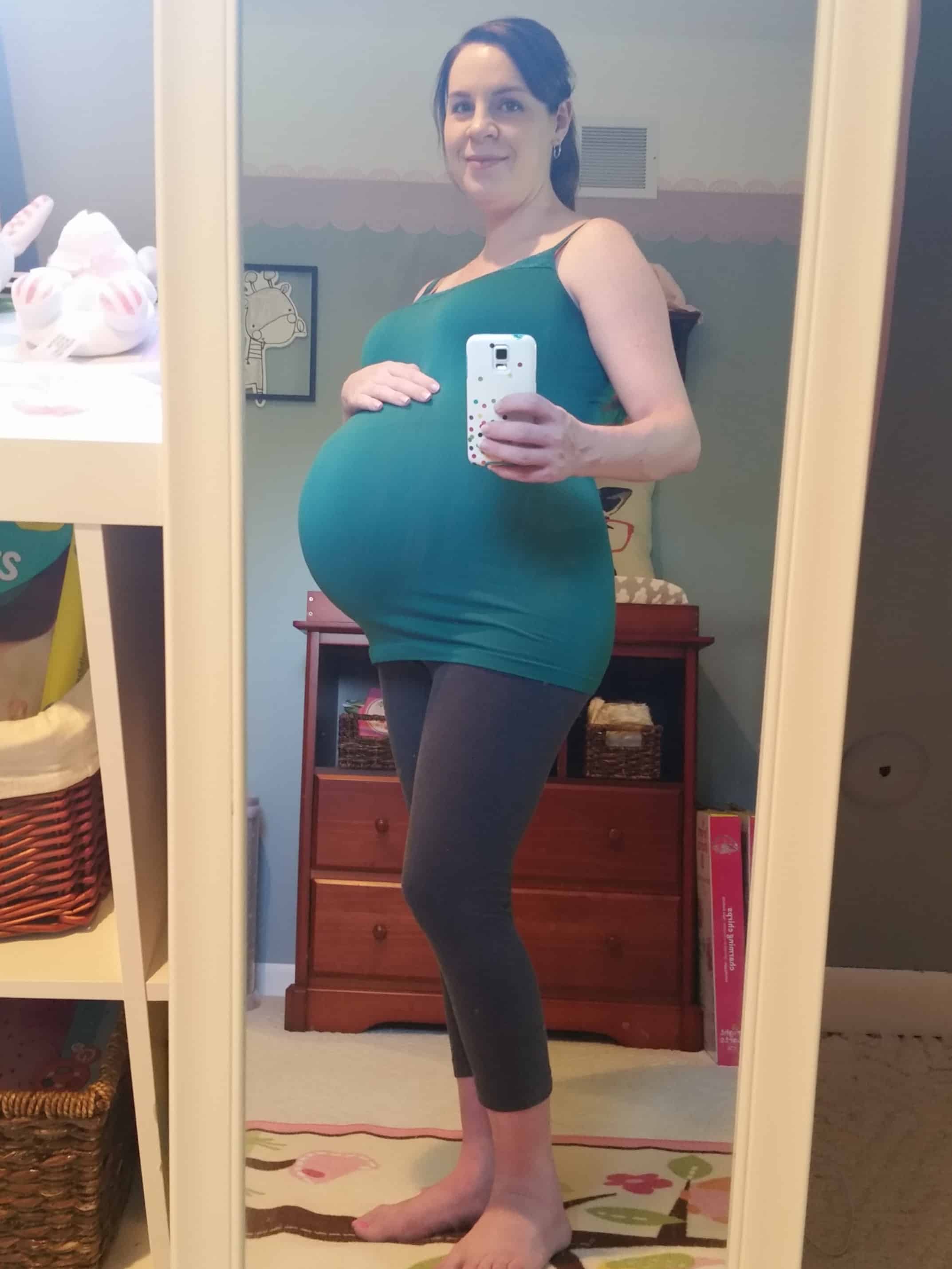
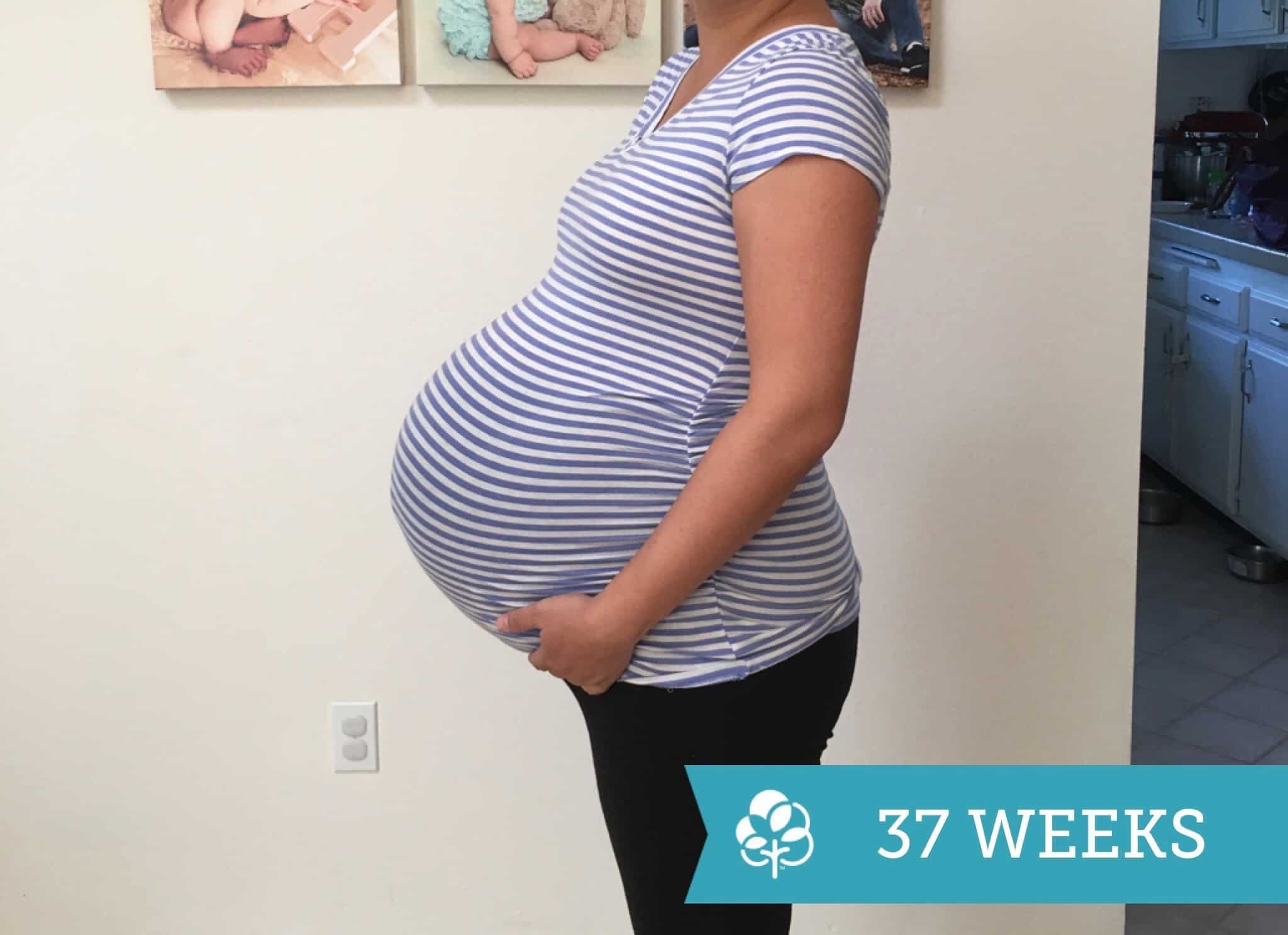

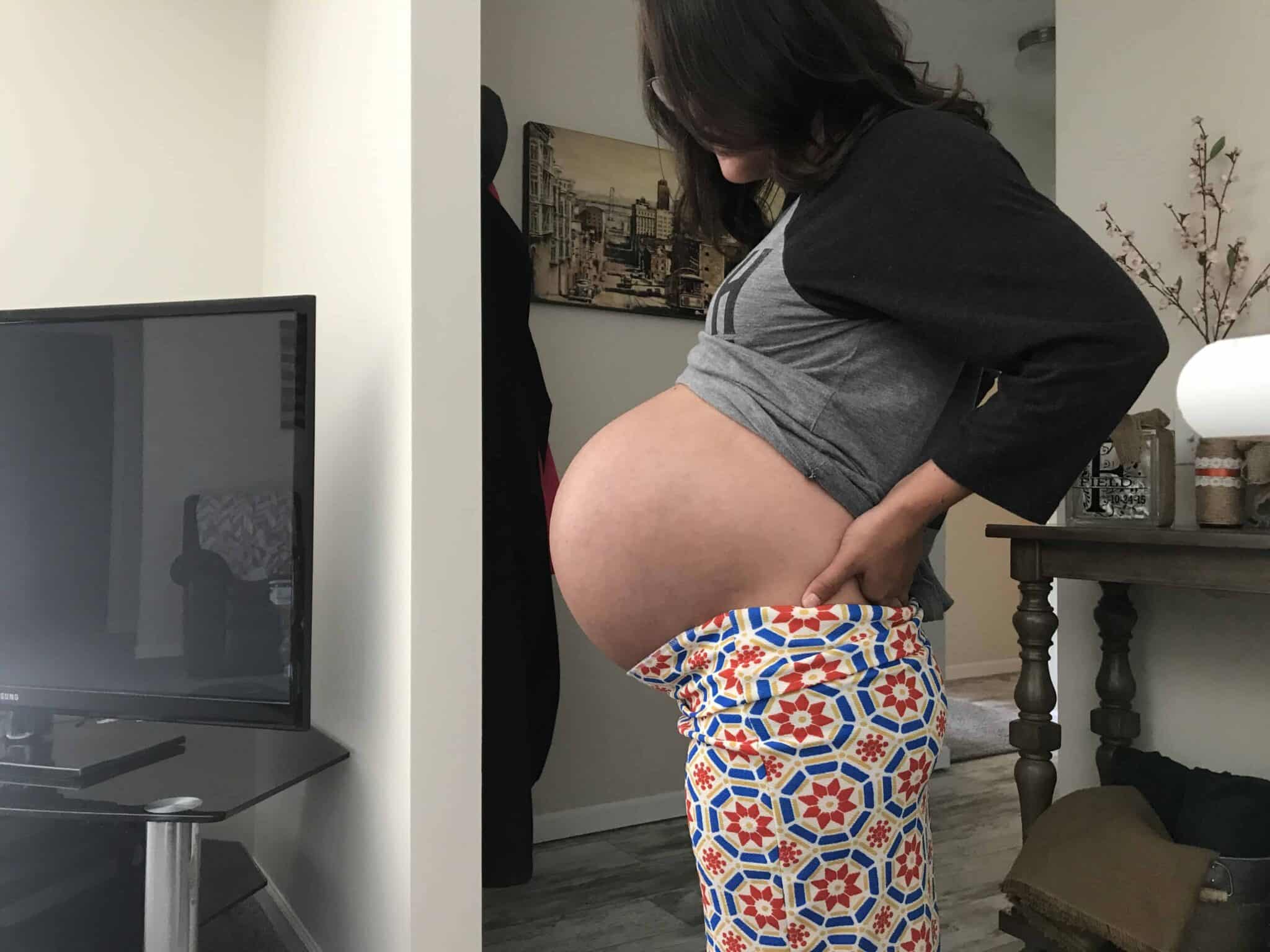
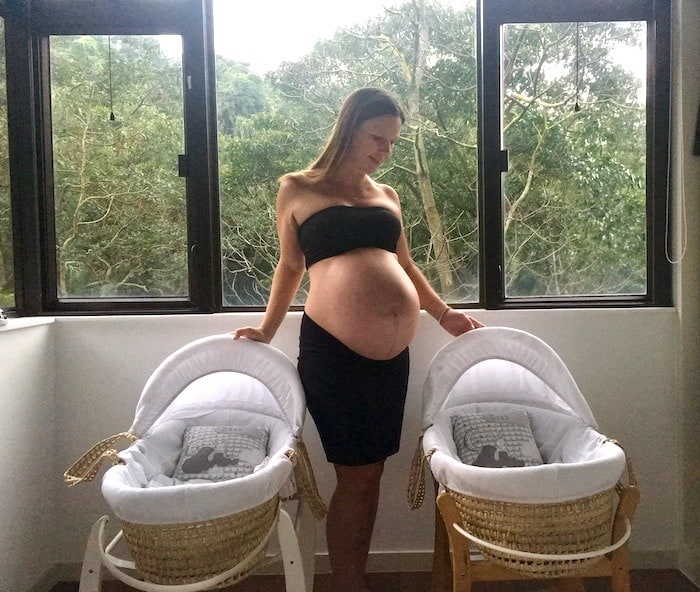
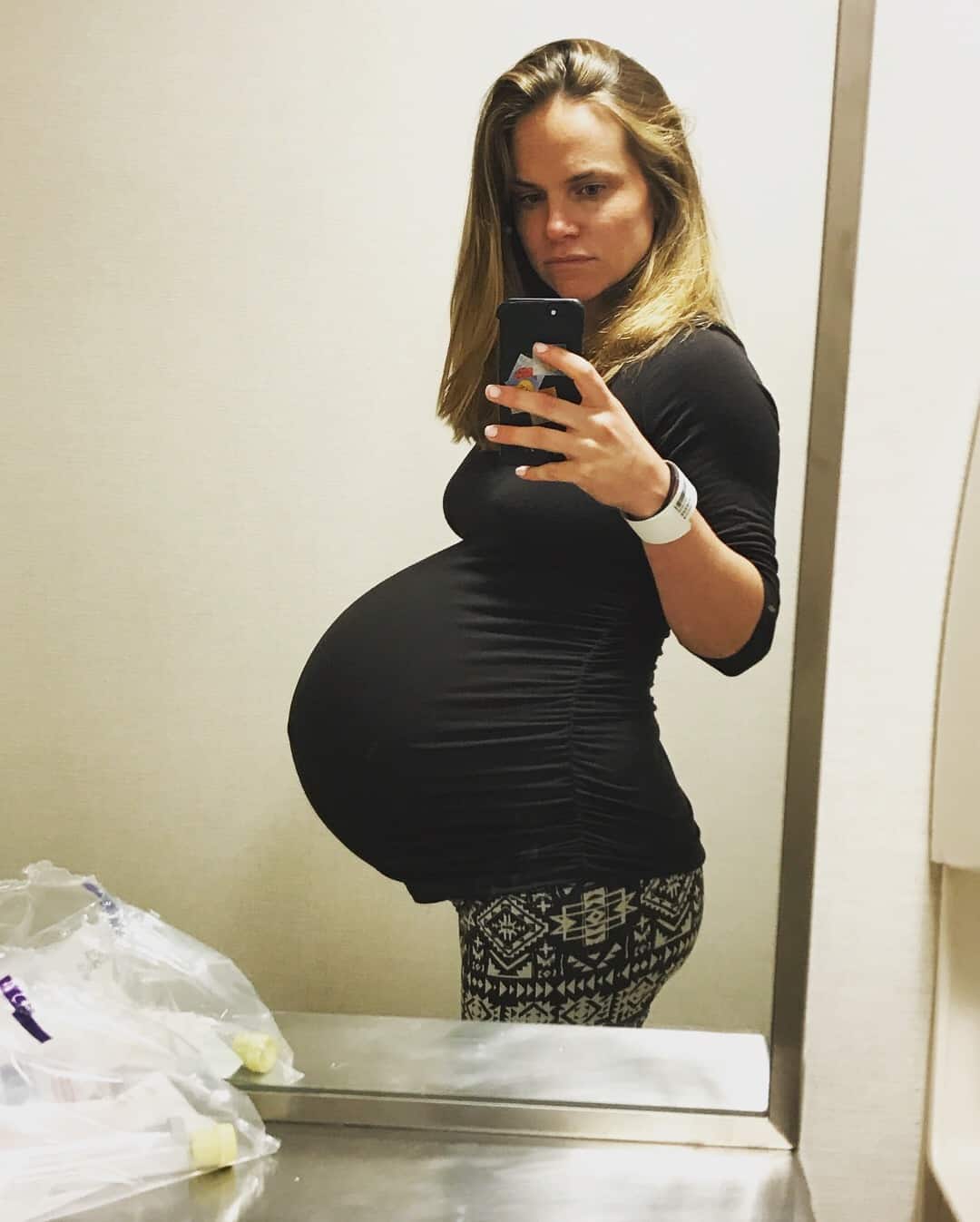
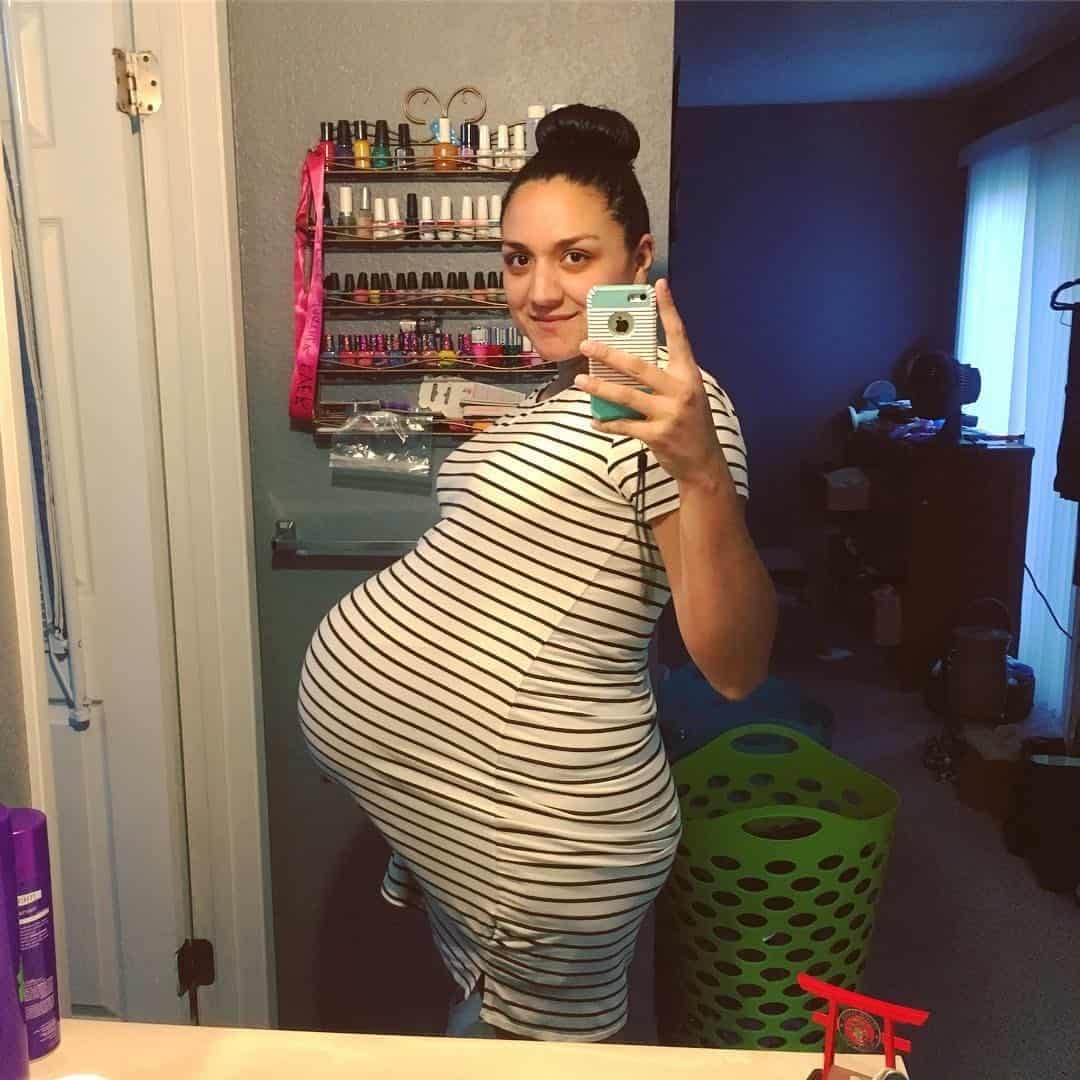
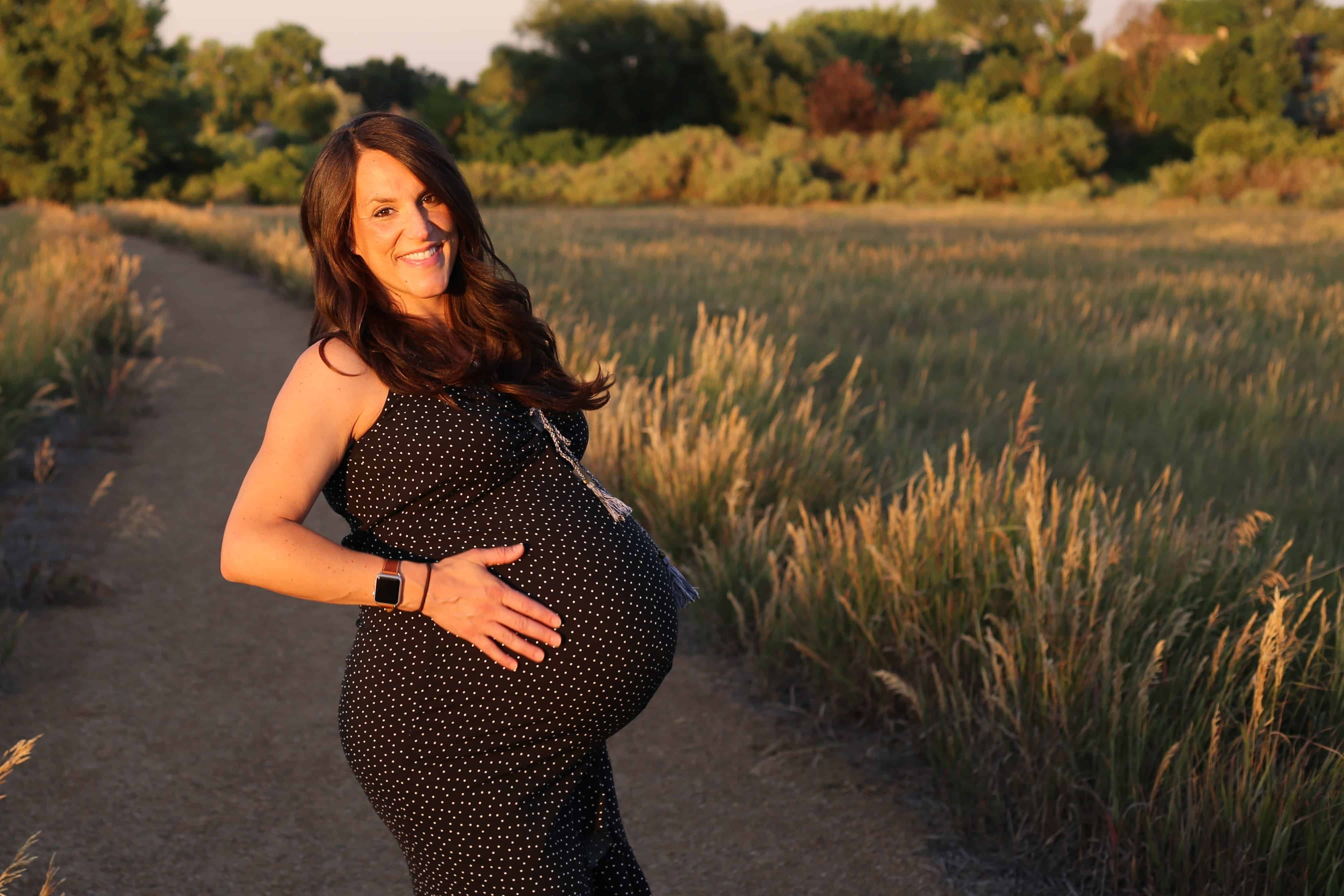
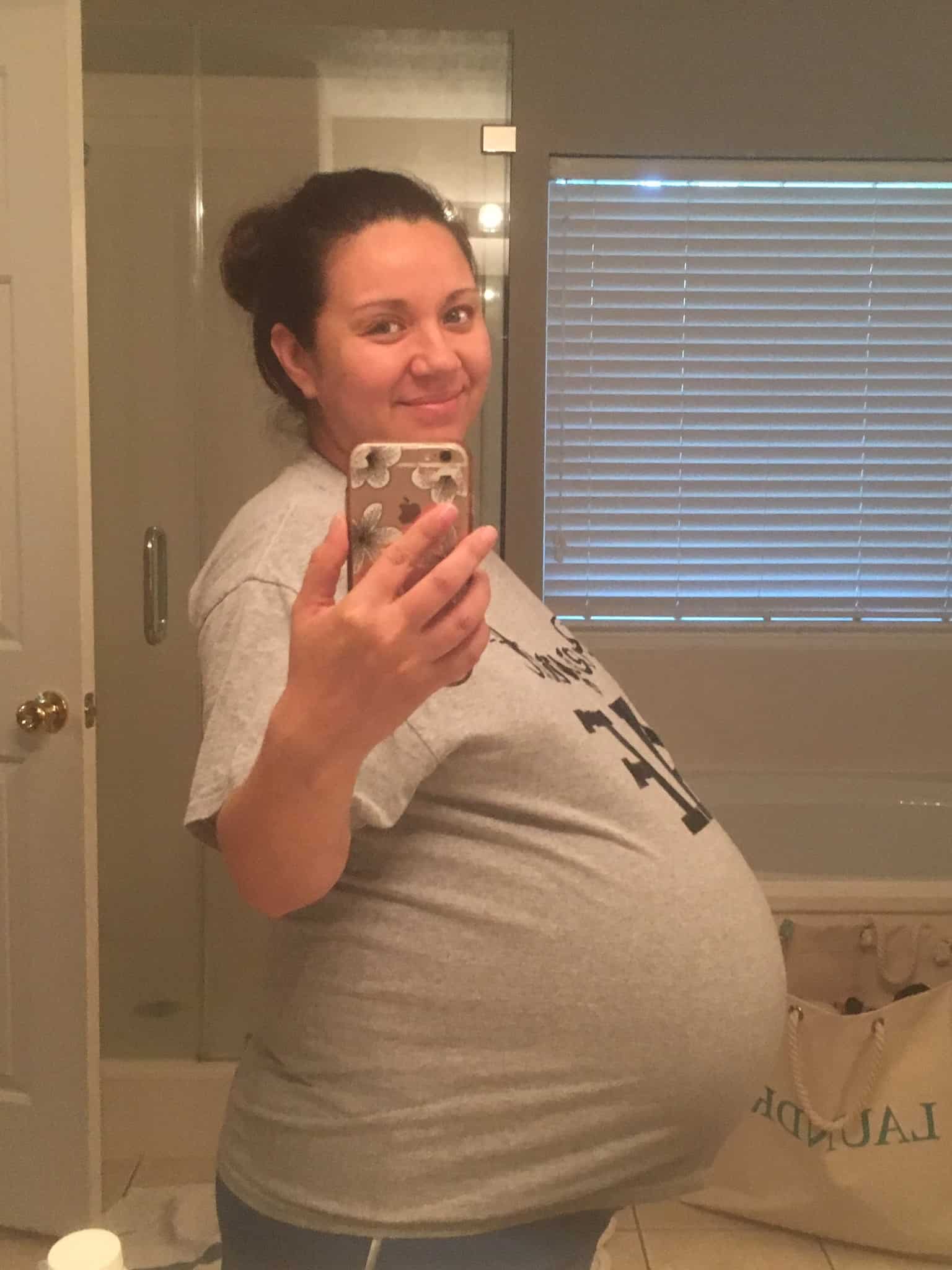
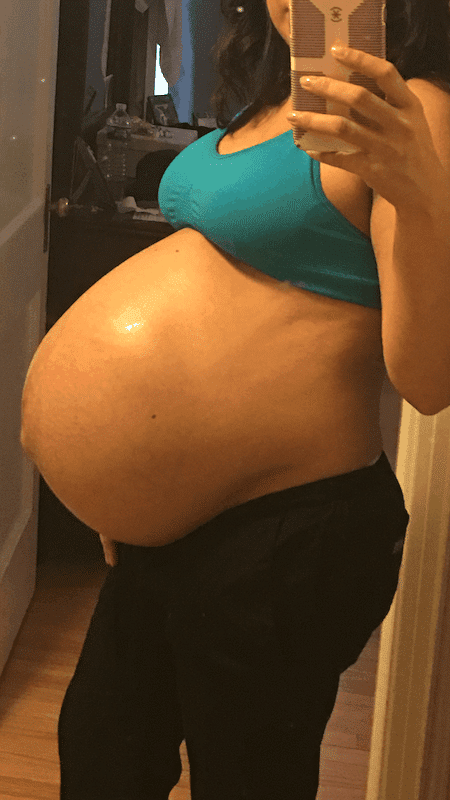
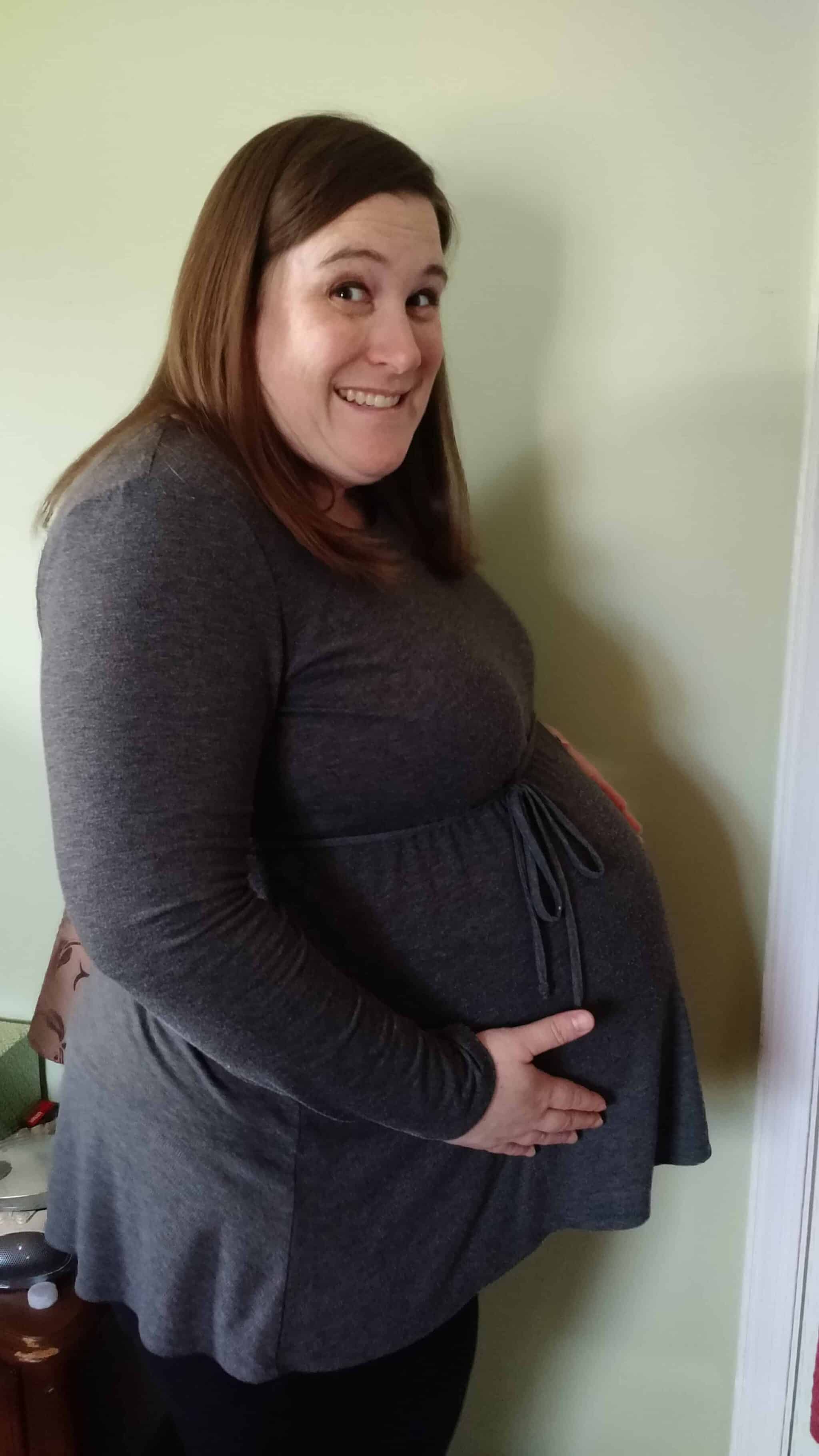
Ultrasound Photos at 37 Weeks Pregnant With Twins
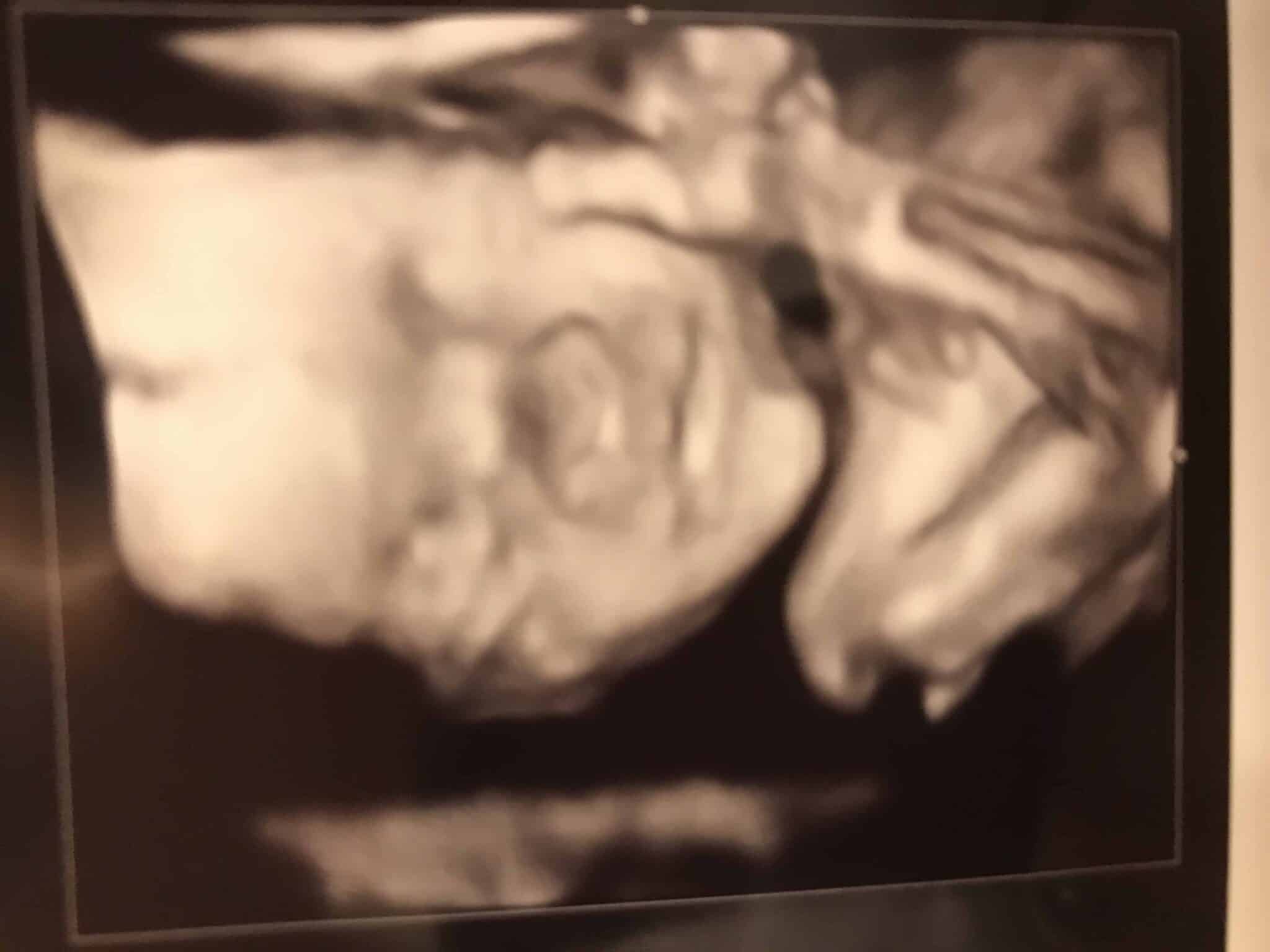
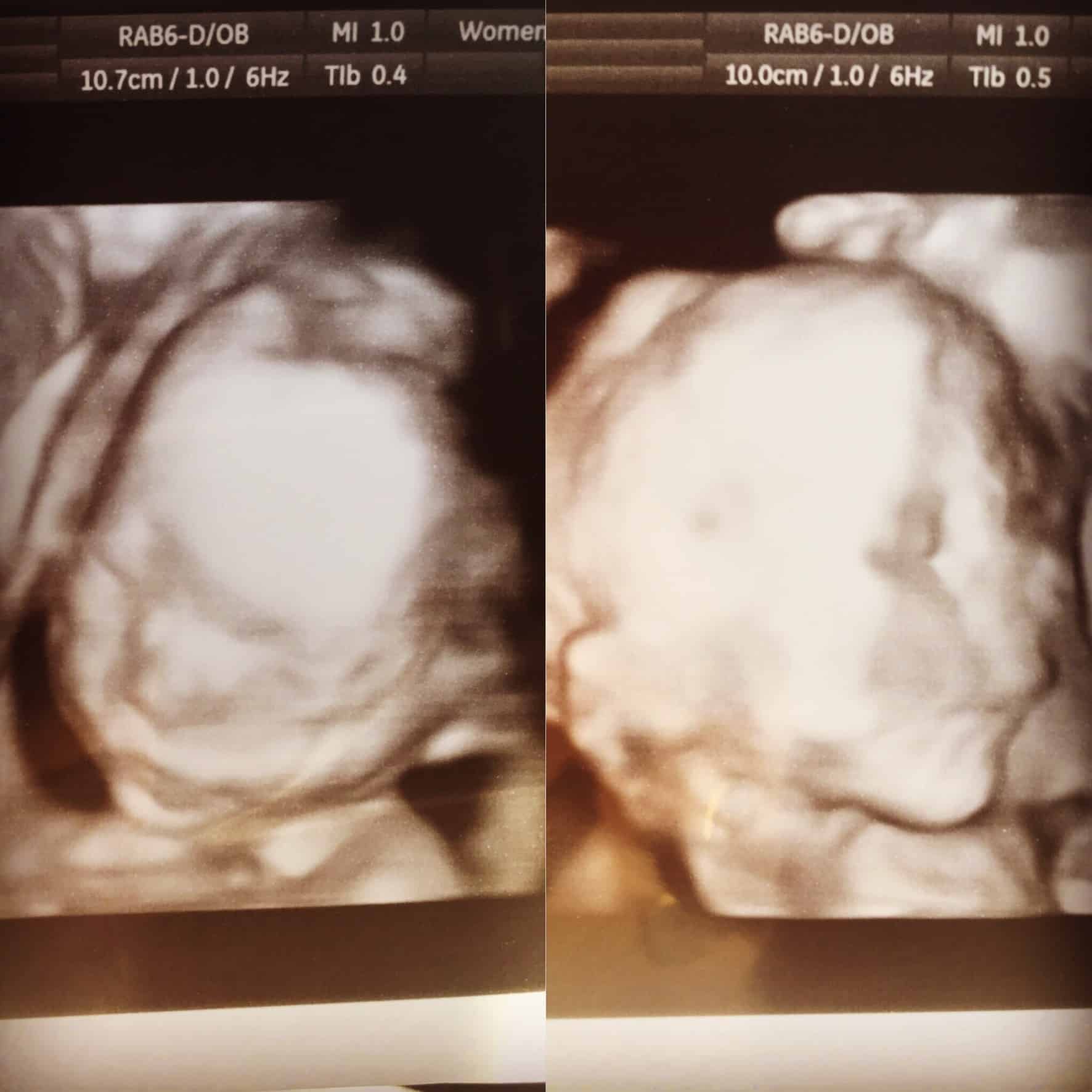
Articles You Should Read This Week
5 Tips if Your Birth Plan Doesn’t Go As Planned
Finding the Strength to Accept a C-Section
Videos to Check Out
Register for Class
Have you taken your expecting twins class yet? We offer a great class on demand so you can take it on your own schedule! There are so many video modules covering everything from your twins’ baby registry to your first week at home with twins! Sign up today to get started before your twins arrive.
Need a plan for the first week home with twins? Book your 60-minute twins \post-delivery strategy session on a video call with Lauren Oak, Twin Expert and Certified Postpartum Doula (and mom of twins!), to create a customized game plan for you and your twins when they come home. Click here to learn more… and while you’re at it, check out our Twiniversity Shop and Twin Parent Memberships.

Want to get weekly emails about your twin pregnancy? Sign up for the Twiniversity email list! Subscribe today to get emails about giveaways, events, weekly article roundups, and more! We’ll be sending you a weekly twin pregnancy email to keep you on track with your pregnancy to-do list! Click here to learn more… and while you’re at it, check out our expecting twins classes and personal twin parent coaching services.
⬅ 36 Weeks Pregnant with Twins 👶👶
👶👶 38 Weeks Pregnant with Twins ➡
Sources
- AAFP. 2011c. Your baby’s development: The third trimester. American Academy of Family Physicians.
- Mayo Clinic. 2014b. Fetal development: The third trimester.
- MedlinePlus (ADAM). 2015. Fetal development.
- OWH. 2010. Stages of pregnancy. U.S. Office on Women’s Health.
- ACOG. 2015. FAQ156. Prenatal development: How your baby grows during pregnancy. American College of Obstetricians and Gynecologists.
